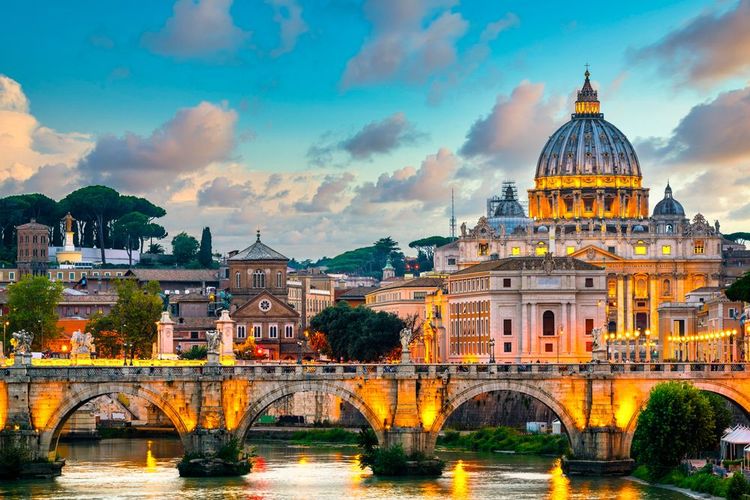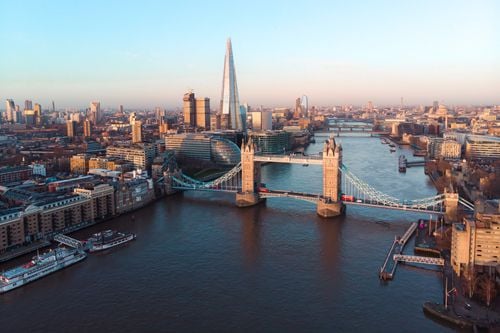A technical feat of ancient Rome, the Colosseum was commissioned by Emperor Vespasian in 72 AD. At the end of a ten-year construction period, his son Titus presided over the inauguration of this temple to the games with great pomp and ceremony.
A true symbol of the Italian capital, the Colosseum is world-famous. Listed as one of the New 7 Wonders of the World, this monument with its long and bloody history harbours many secrets. As the largest amphitheatre in the Roman Empire at the time, this figure is very dear to the locals, so much so that native Romans proudly proclaim that they "grew up in the shadow of the Colosseum". As soon as it was built, people came here to watch the games, including gladiatorial and animal fights.
Despite centuries of neglect, part of it has remained intact and millions of visitors flock to see it every year. A must-see on a city-break to Rome, the Colosseum may require some patience, but the dazzle is well worth it! Focus on the famous Roman arena and its history; THE visit not to be missed during your stay!

The Colosseum in Rome.
- © Thana Thanadechakul / ShutterstockA major monument
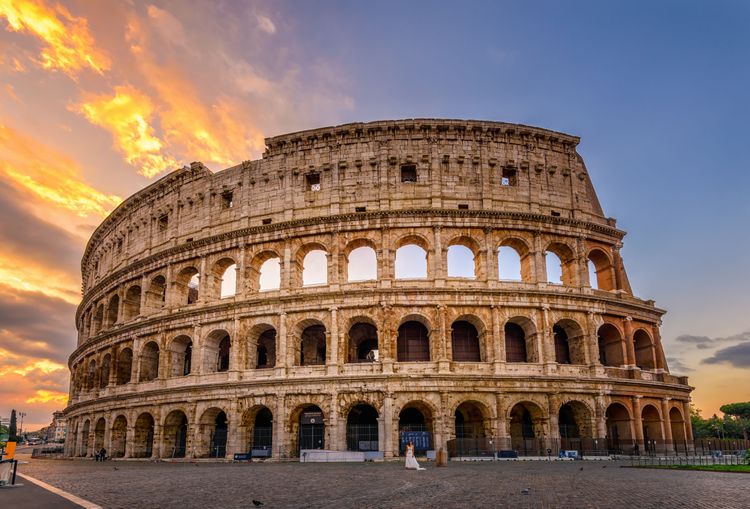
Lever du soleil au Colisée à Rome
- © Catarina Belova / ShutterstockAt the very least, more than 50,000 spectators could be accommodated within its walls, which were opened up by multiple arcades. Built over 4 storeys, the amphitheatre was once almost 50 metres high. Shaped like an ellipse, the imposing monument has a circumference of over 500 metres. Nero's colossus, which stood nearby when it was built, gave the amphitheatre its late medieval name of Colosseum.
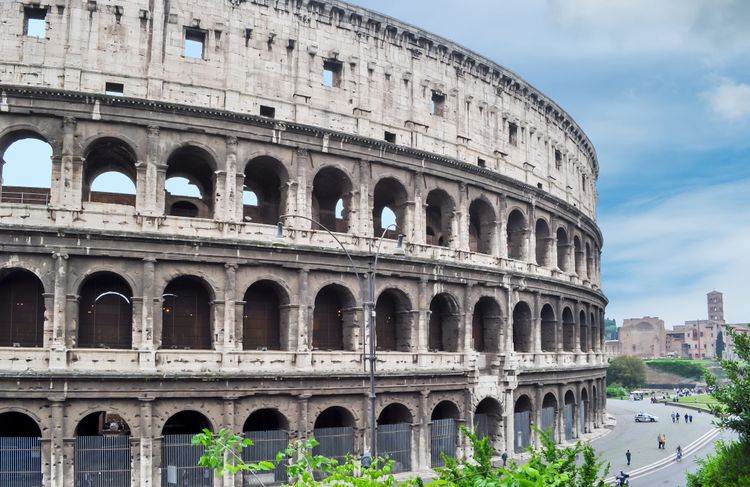
Close-up view of the Colosseum arcades in Rome
- © Mistervlad / ShutterstockA hotbed of entertainment
Now a veritable visual spectacle for tourists from all over the world, the Colosseum was originally built to host a variety of shows. From gladiatorial and animal fights to public events, hunting shows, re-enactments of famous battles and dramas based on classical mythology, the monument was a veritable hotspot of entertainment in Rome.
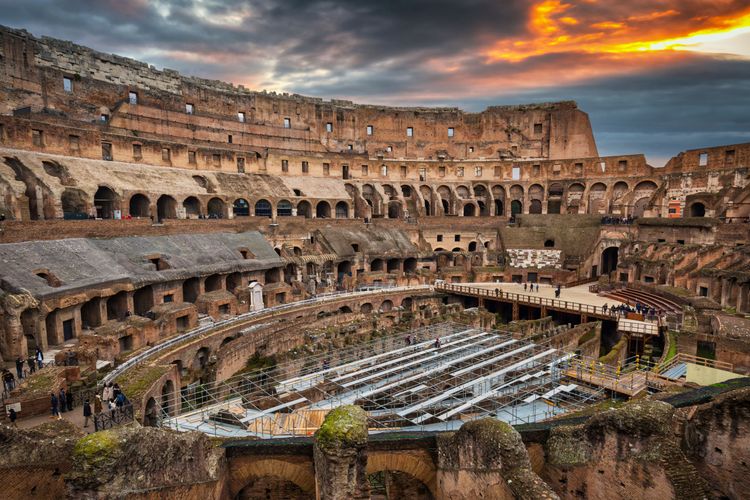
Inside the Colosseum in Rome
- © Patryk Kosmider / ShutterstockThanks to the wooden pillars that held the arena together from the underground passages, the arena was also intended to host naumachia. These simulations of naval battles from Roman history were held within the confines of the site, which was completely flooded. The staging required many hours to set up... a minimum of seven! The shows then lasted an entire day.
The day before the fights, there was a dinner open to the public, given by the organiser to the gladiators. In the morning, the parade of gladiators in full regalia preceded the fight, while lunchtime was the time set aside for the execution of those condemned to death. Before the eyes of the public, they were burnt at the stake or devoured by wild beasts. In the afternoon, the gladiators would parade before the emperor, saluting him with the motto: "Ave caesar, morituri te salutant".

A bird's-eye view of Rome's Colosseum
- © Aerial-motion / ShutterstockA building that now lives and breathes with visitors
Today, visitors can only see part of the original construction. The passage of time, earthquakes and the practice of stripping monuments have all contributed to making the symbol of Rome as we see it today.
During your visit, you'll notice that one section of the façade has been stripped of its upper storeys... In the 14th century, when the Pope returned to Rome, ownership of the building was divided three ways, with one third going to an archconfraternity. The archconfraternity became remarkably wealthy by selling the stones that had fallen as a result of natural phenomena, as well as those still in place on the Colosseum! The absence of part of the monument is therefore not solely due to the ravages of time, and today it can be found scattered around many buildings in the city.
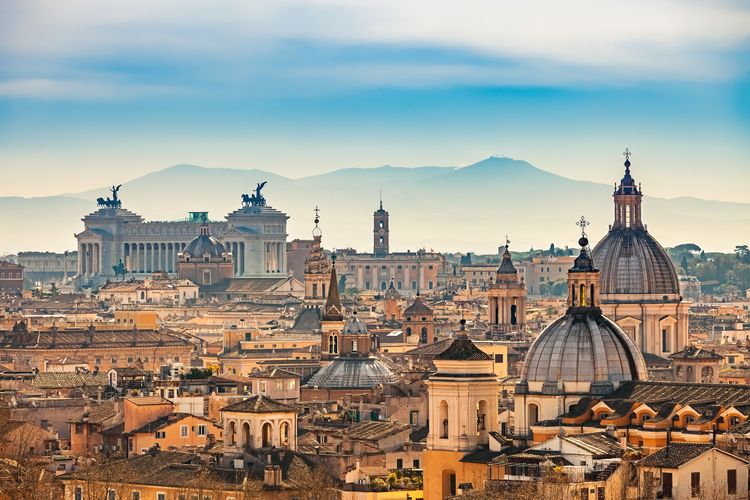
Rome, Italy
- © S.Borisov / ShutterstockRoyal House
Located in the heart of the cityThe underground, the hidden show
Outside, the terraces, the arena and the façade leave those who come to admire this wonder of the world speechless. Inside, it's the underground passages that arouse the curiosity of some. This hidden space, used as a backstage area for shows, was a series of corridors and rooms plunged into darkness.
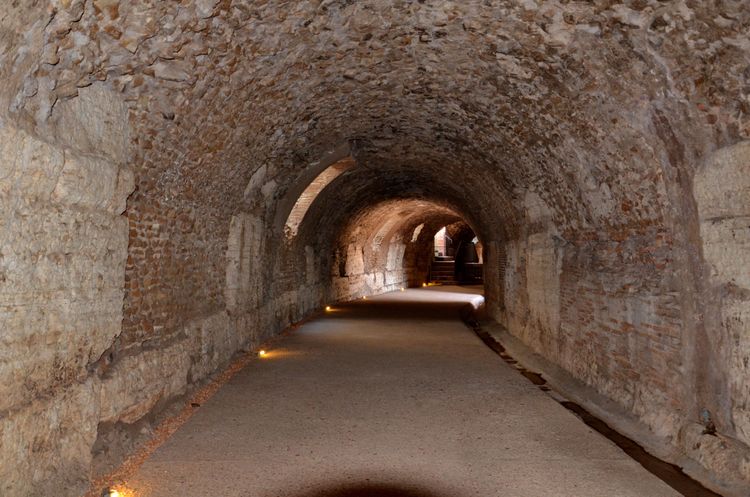
The Colosseum in Rome
- © Bob Hilscher / ShutterstockArch of Constantine: a monument at the foot of the monument
At the foot of the Colosseum, the 21-metre-high Arch of Constantine stands in honour of Constantine. Located on the axis of the Route des Triomphes, it was built using fragments of earlier monuments, in a style that was very modern for its time. The most attentive and observant will notice reliefs showing Marcus Aurelius offering bread to the poor, statues of Trajan's Forum and a representation of his victory over the Dacians. These scenes are all inscribed on blocks of marble.
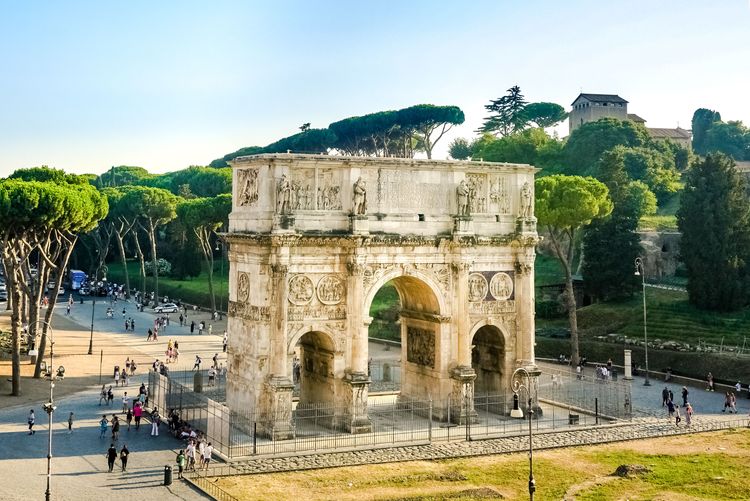
Arch of Constantine, at the foot of the Colosseum in Rome
- © Razak.R / Shutterstock👉 Practical information
Opening times: 9am - 4.30pm in winter, 9am - 7.30pm in summer
Booking your visit: The Colosseum is no exception to the rule for other monuments in the Italian capital; there are a lot of tourists here! Remember to book your tickets in advance to save time, and get a queue-breaker if your budget allows: Book your ticket on Get Your Guide.
